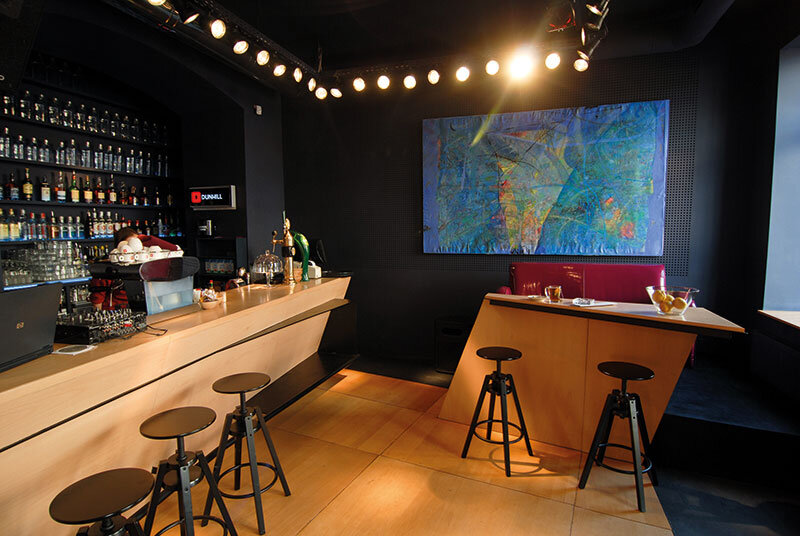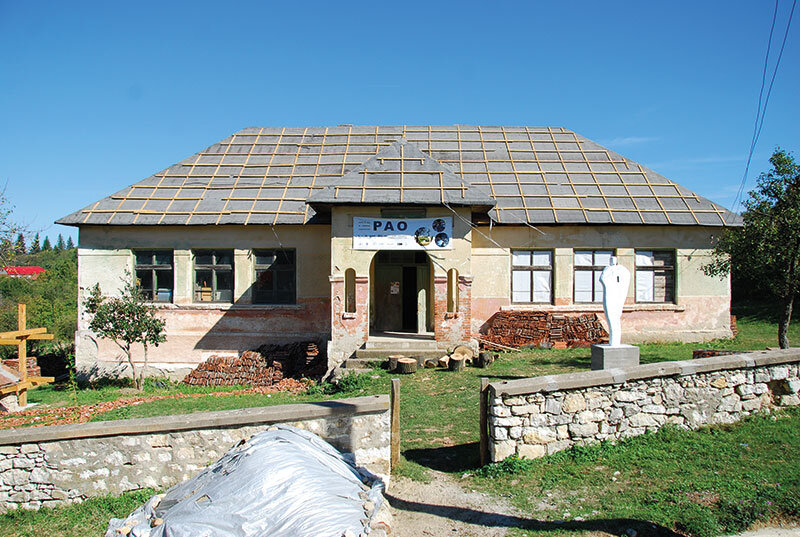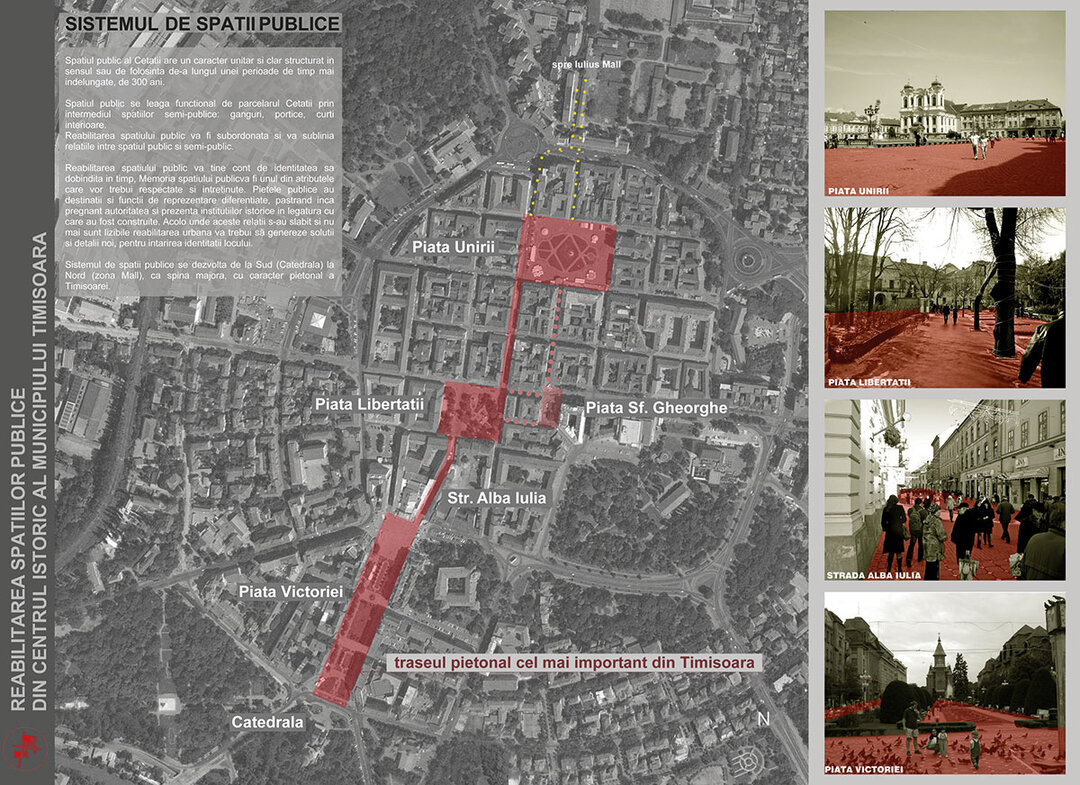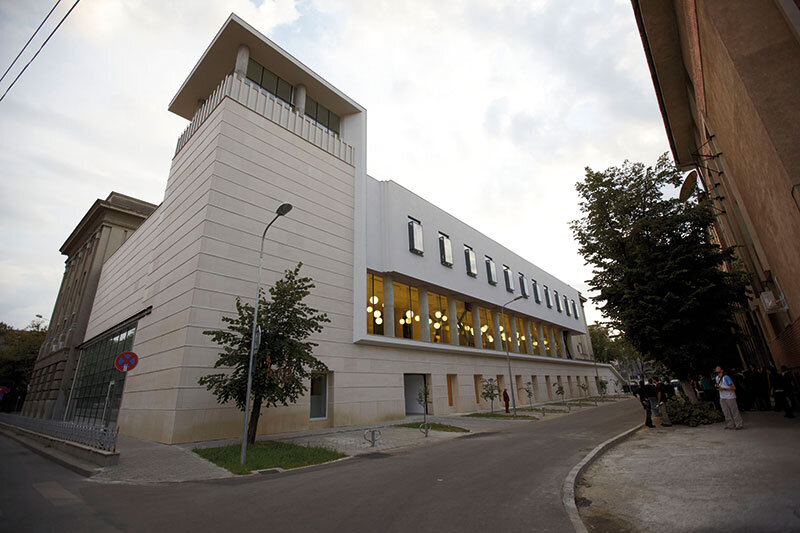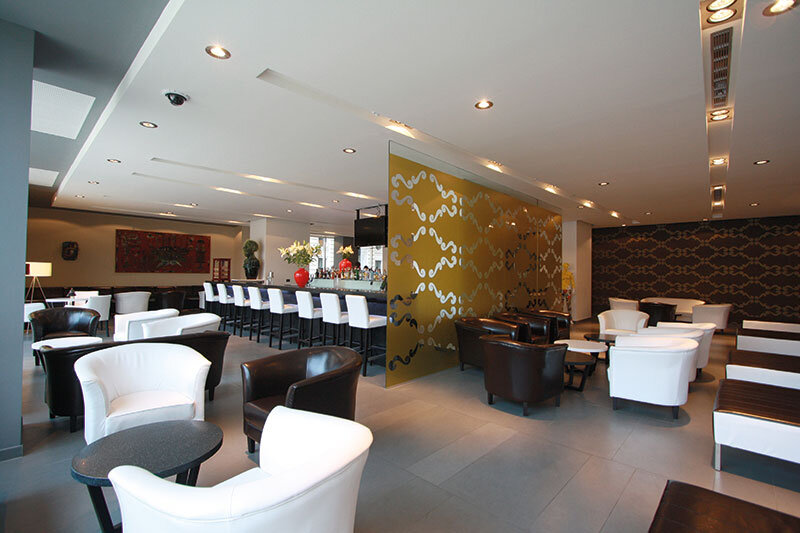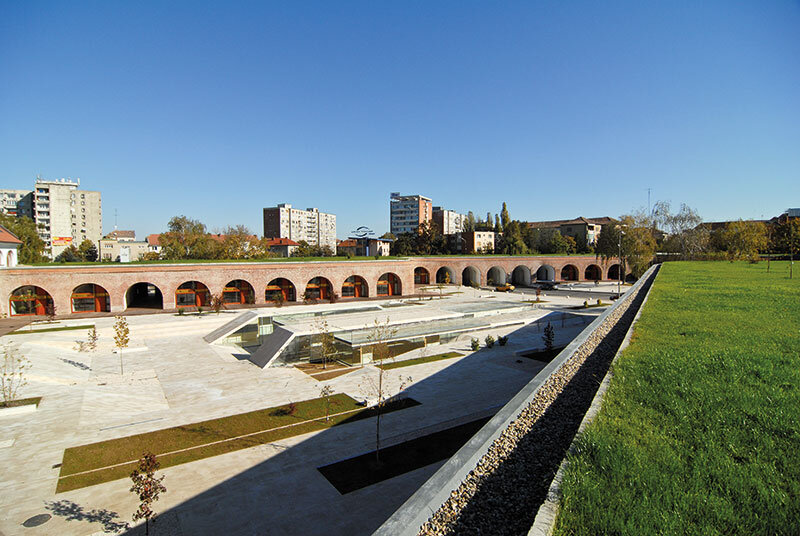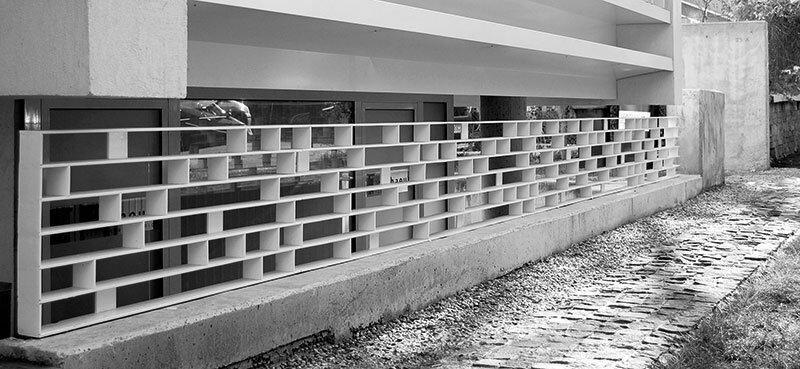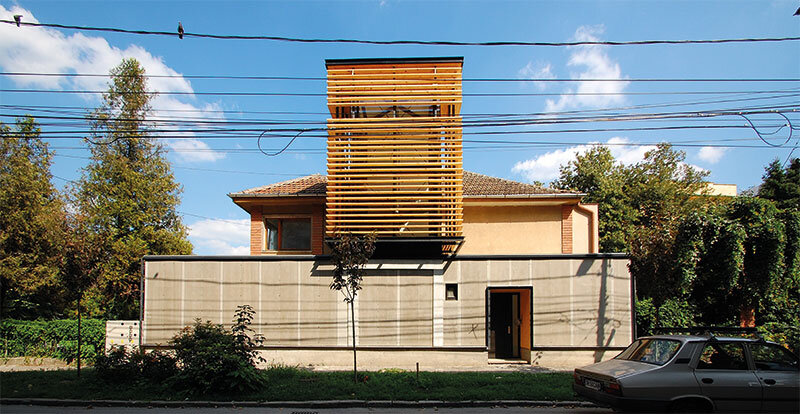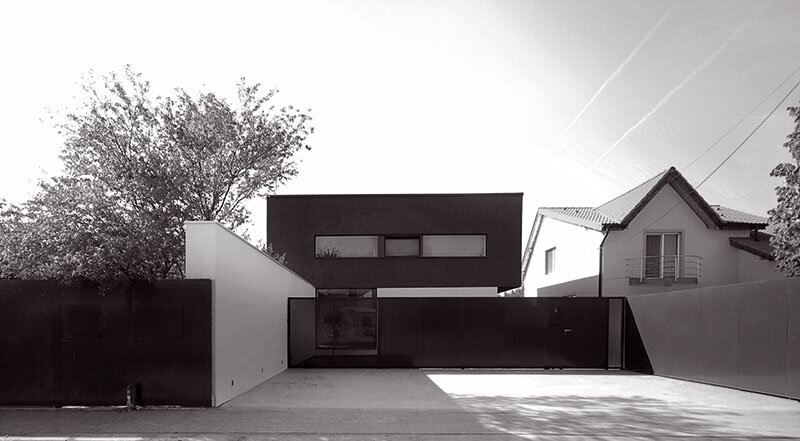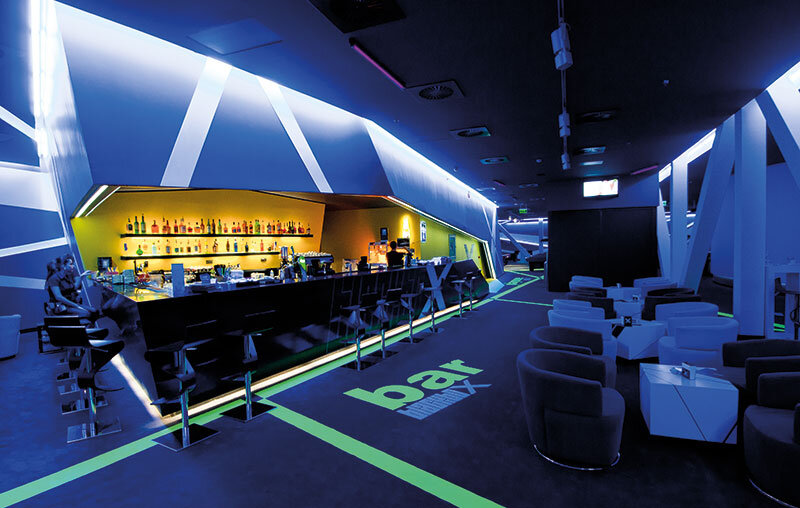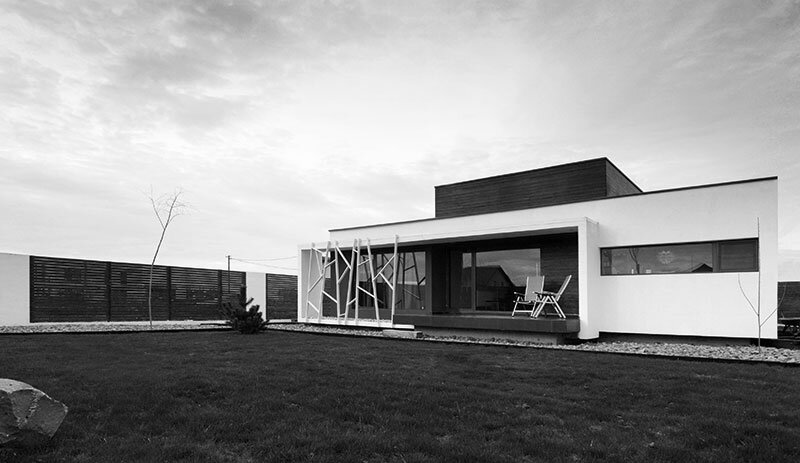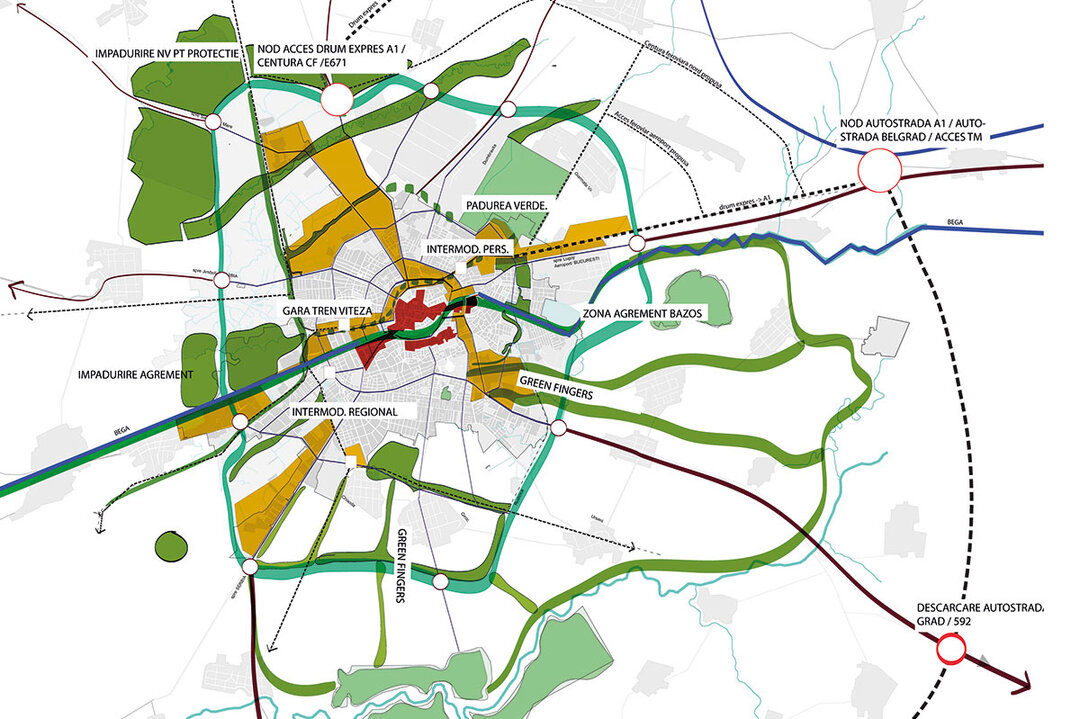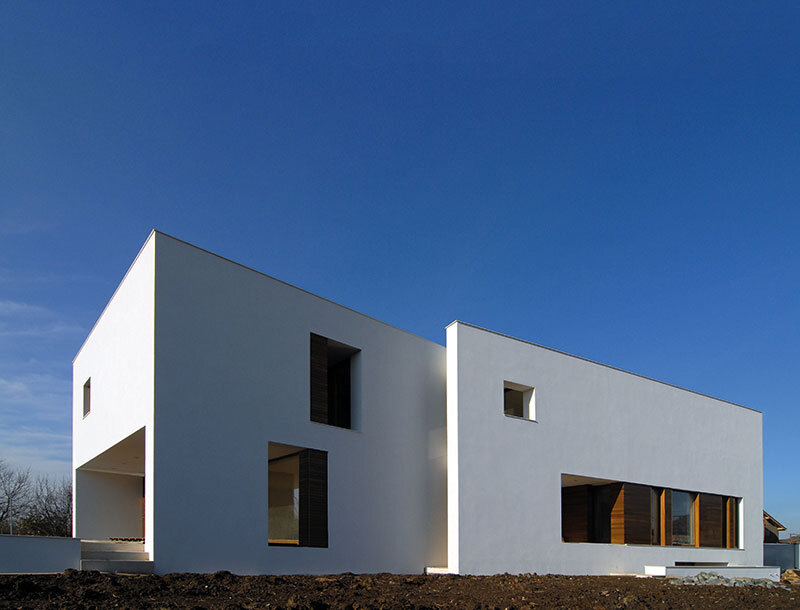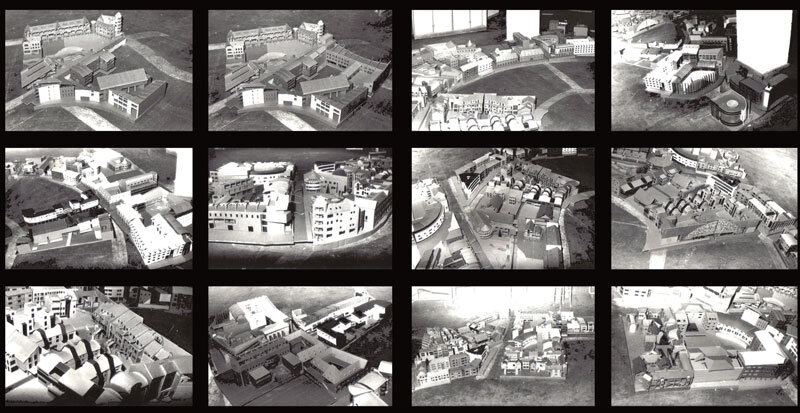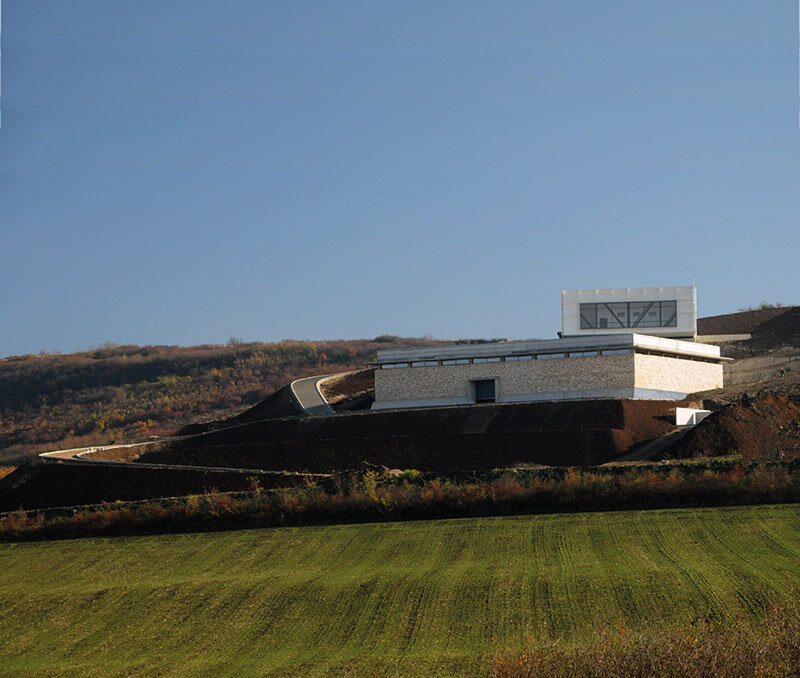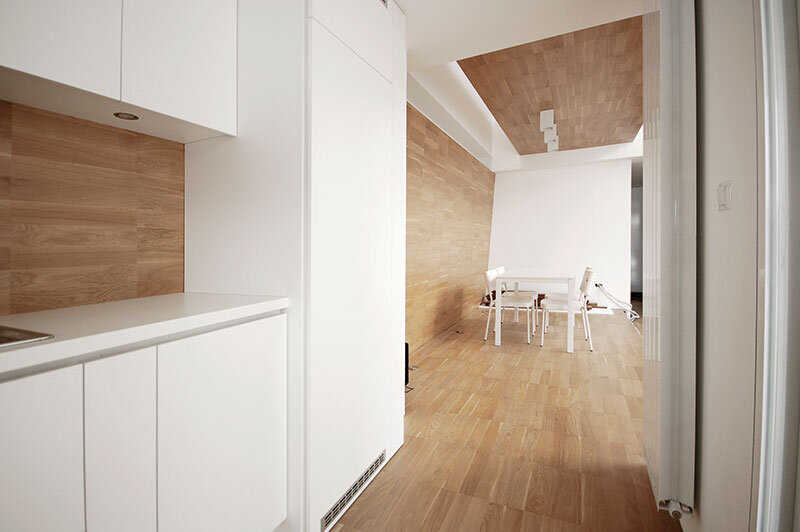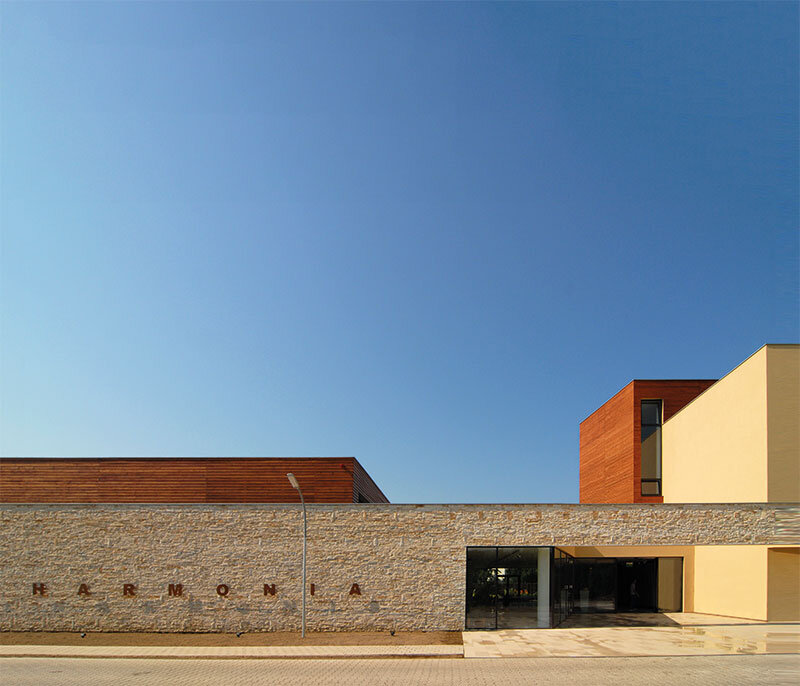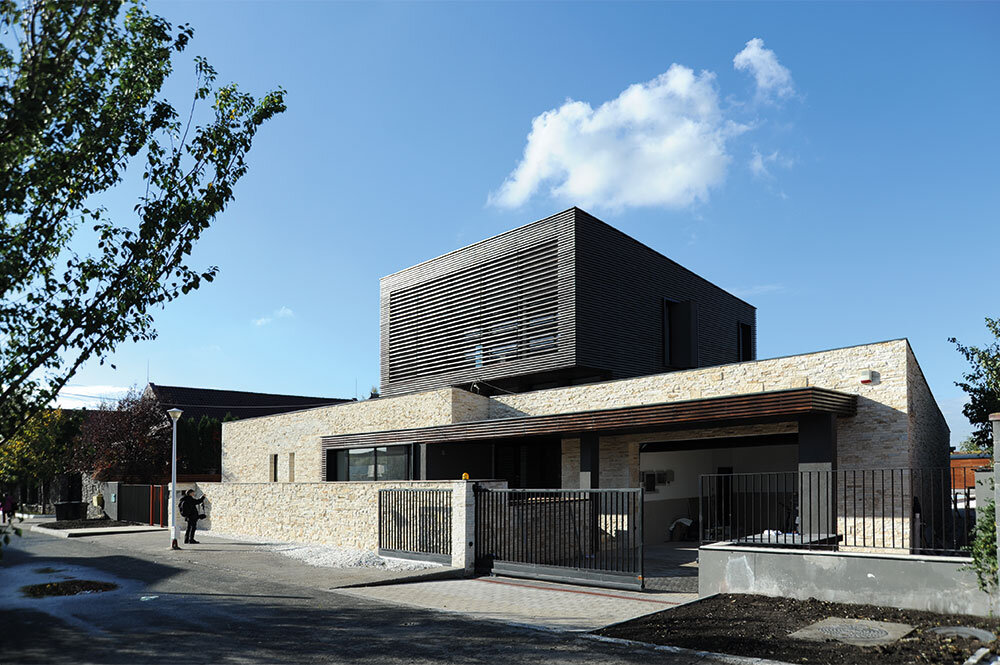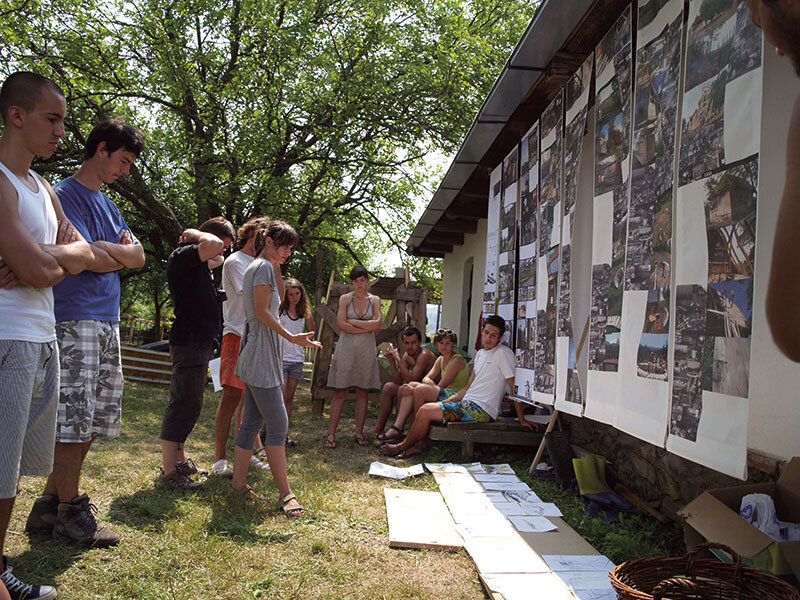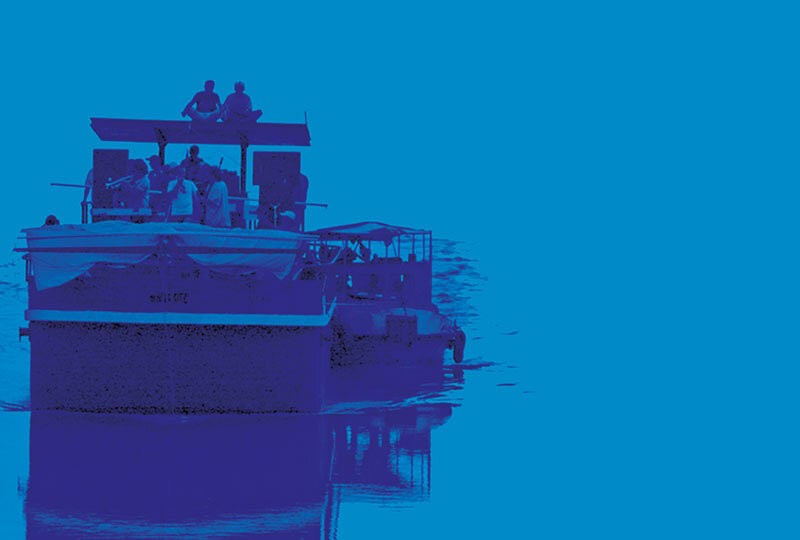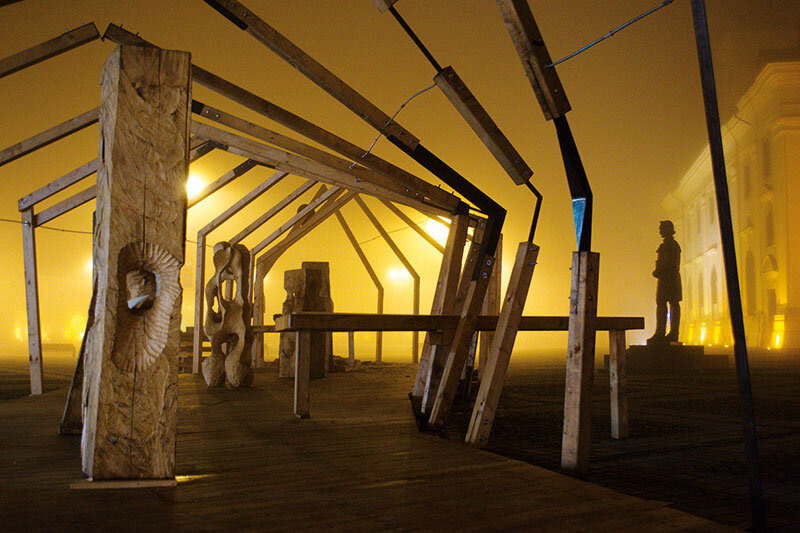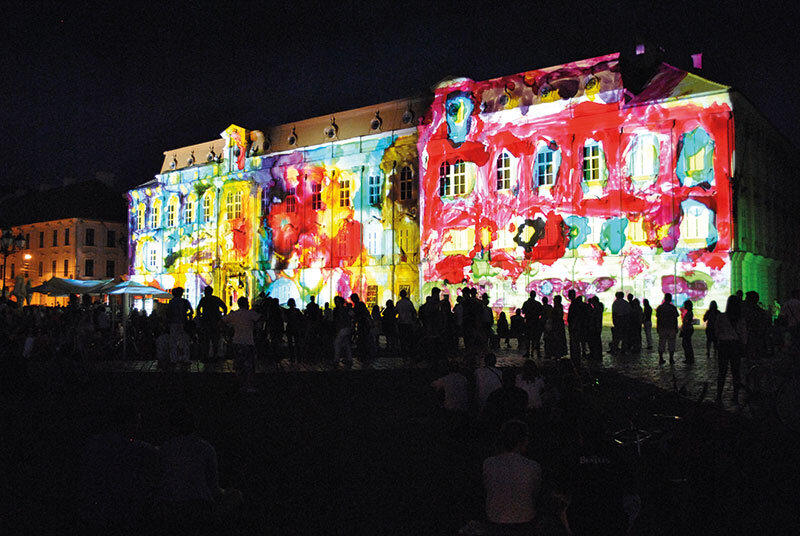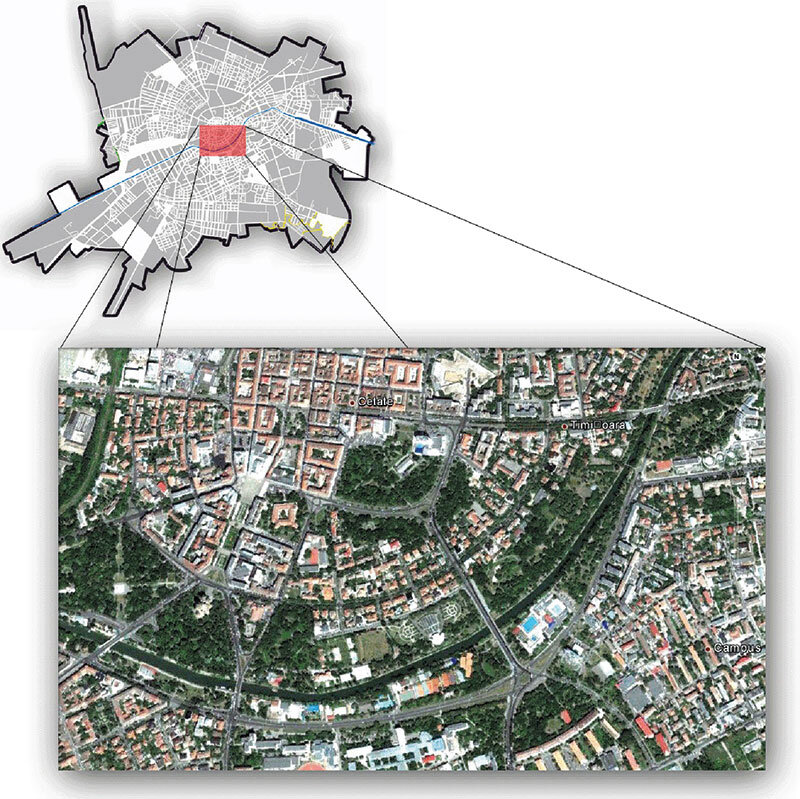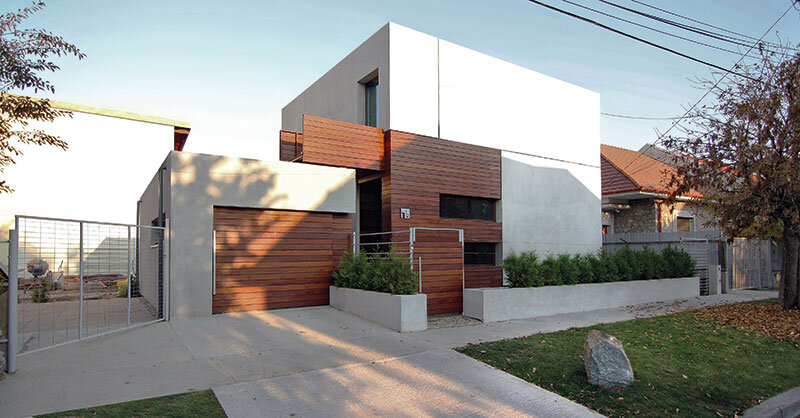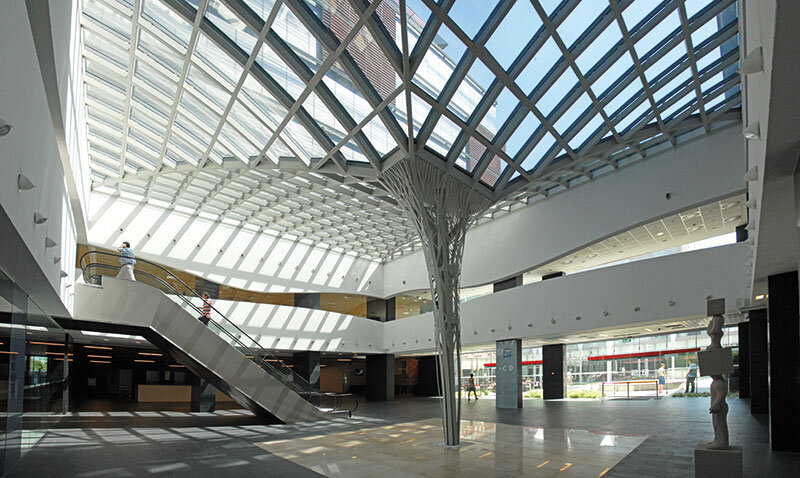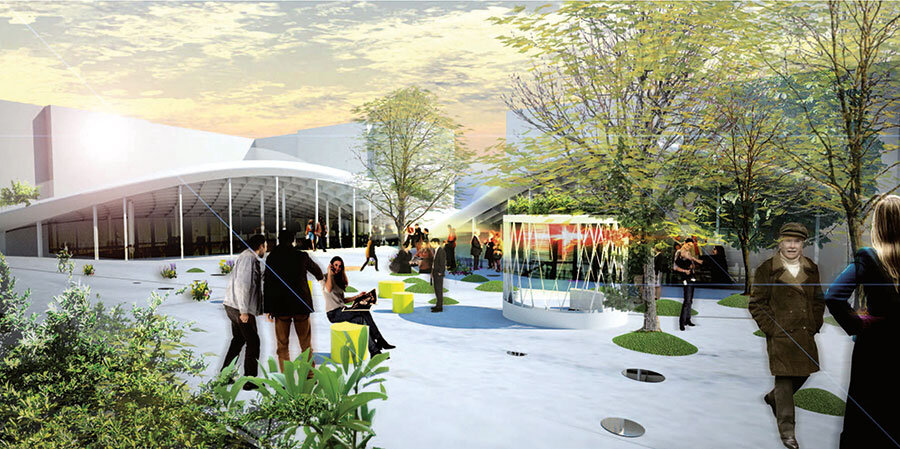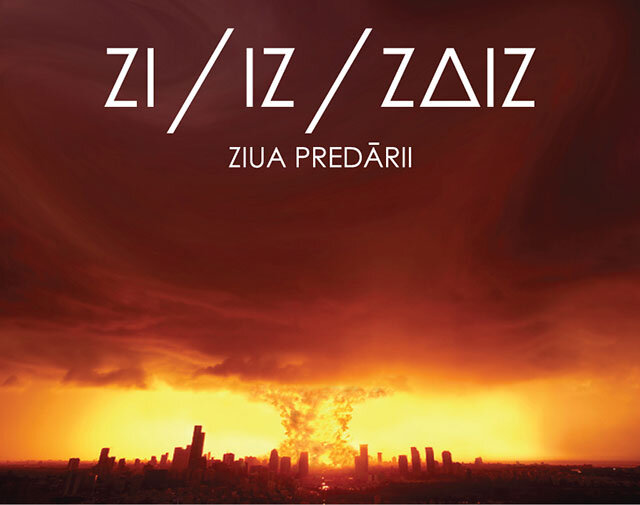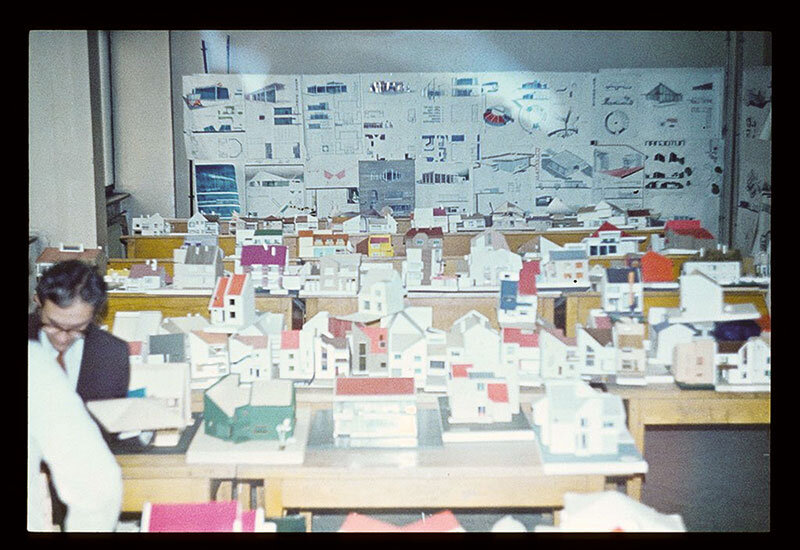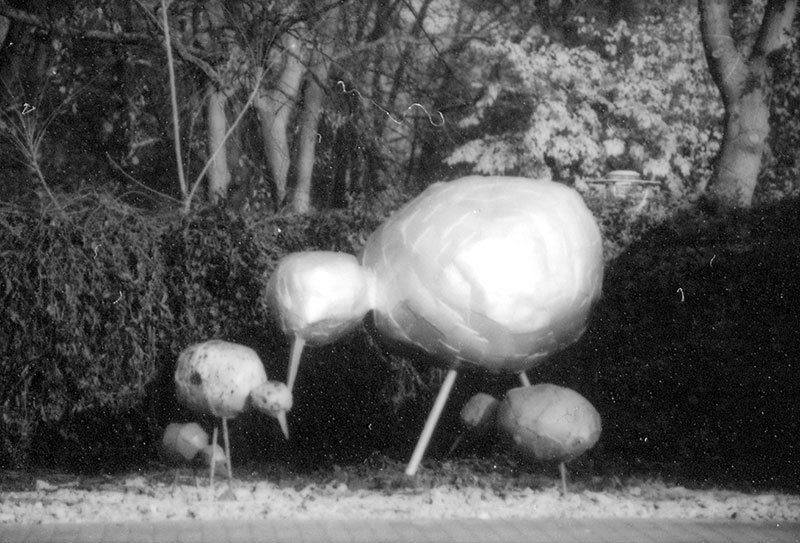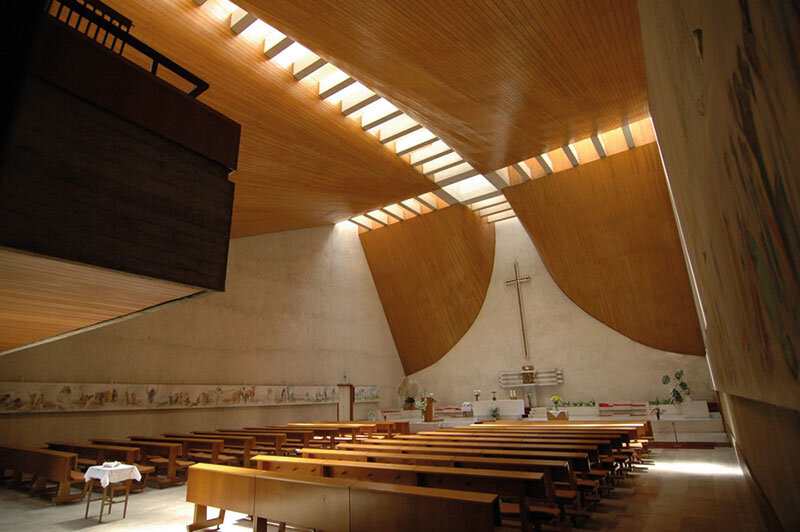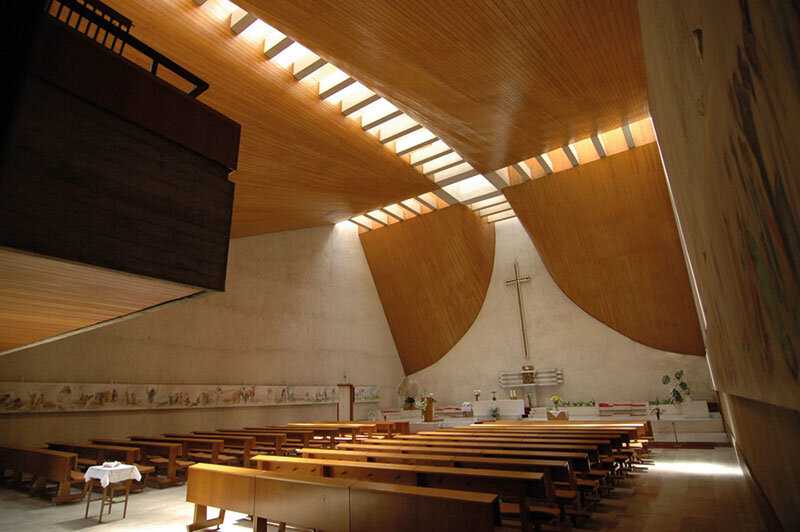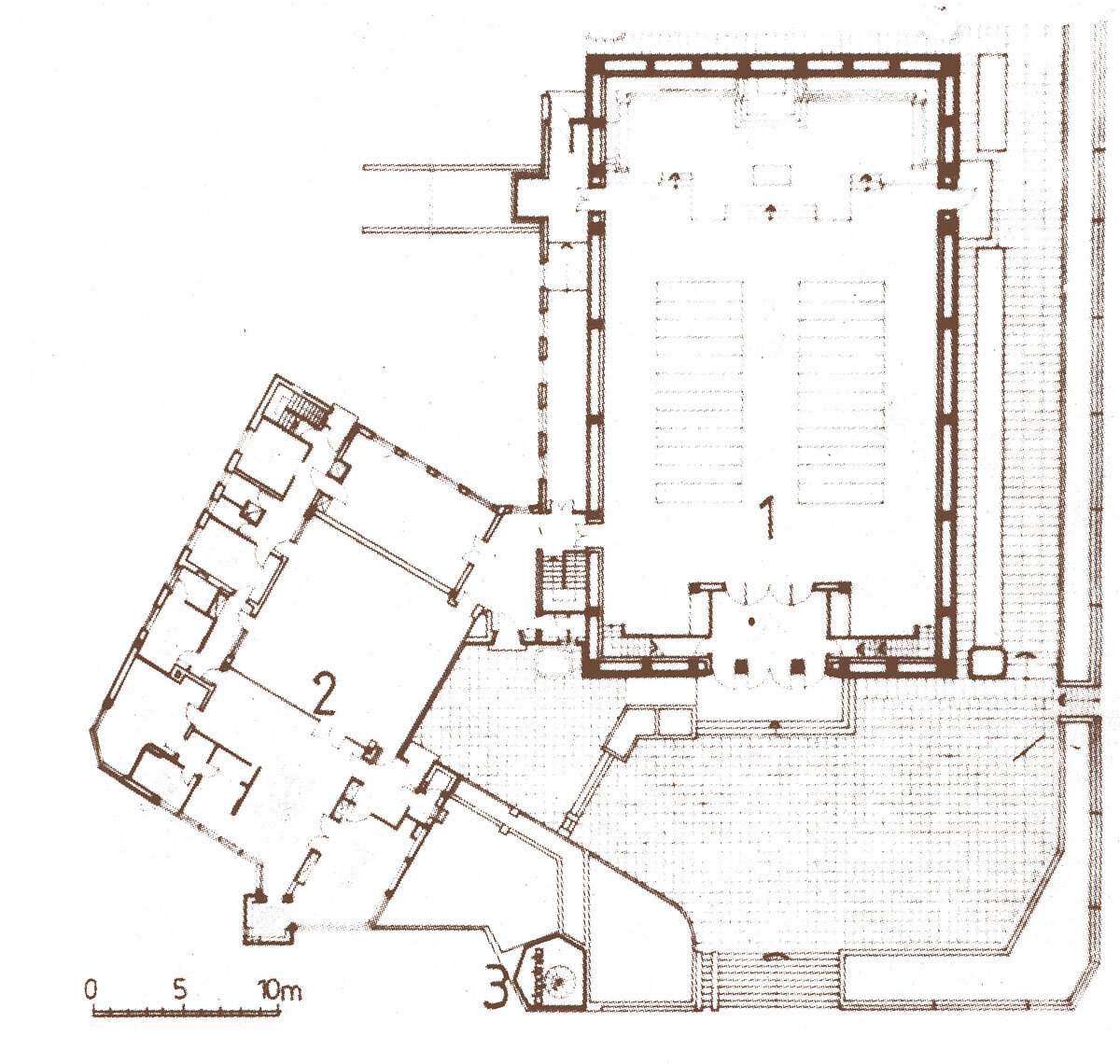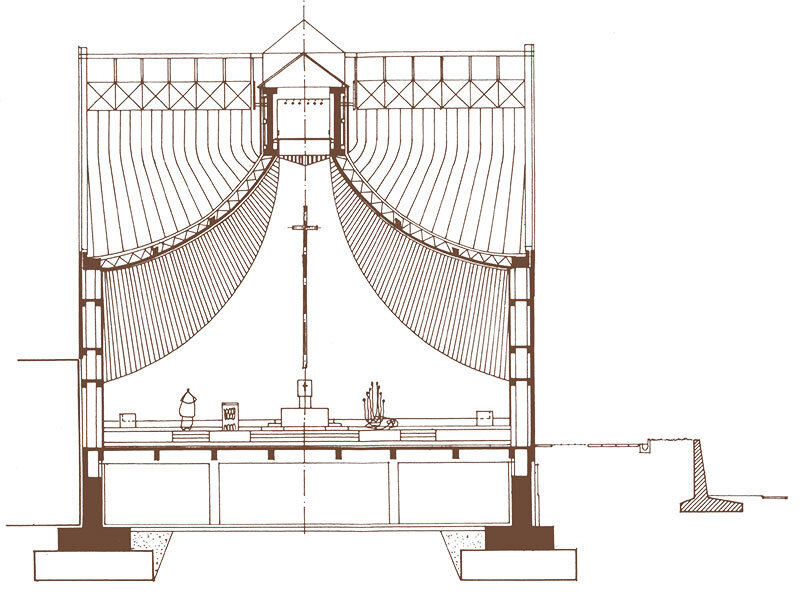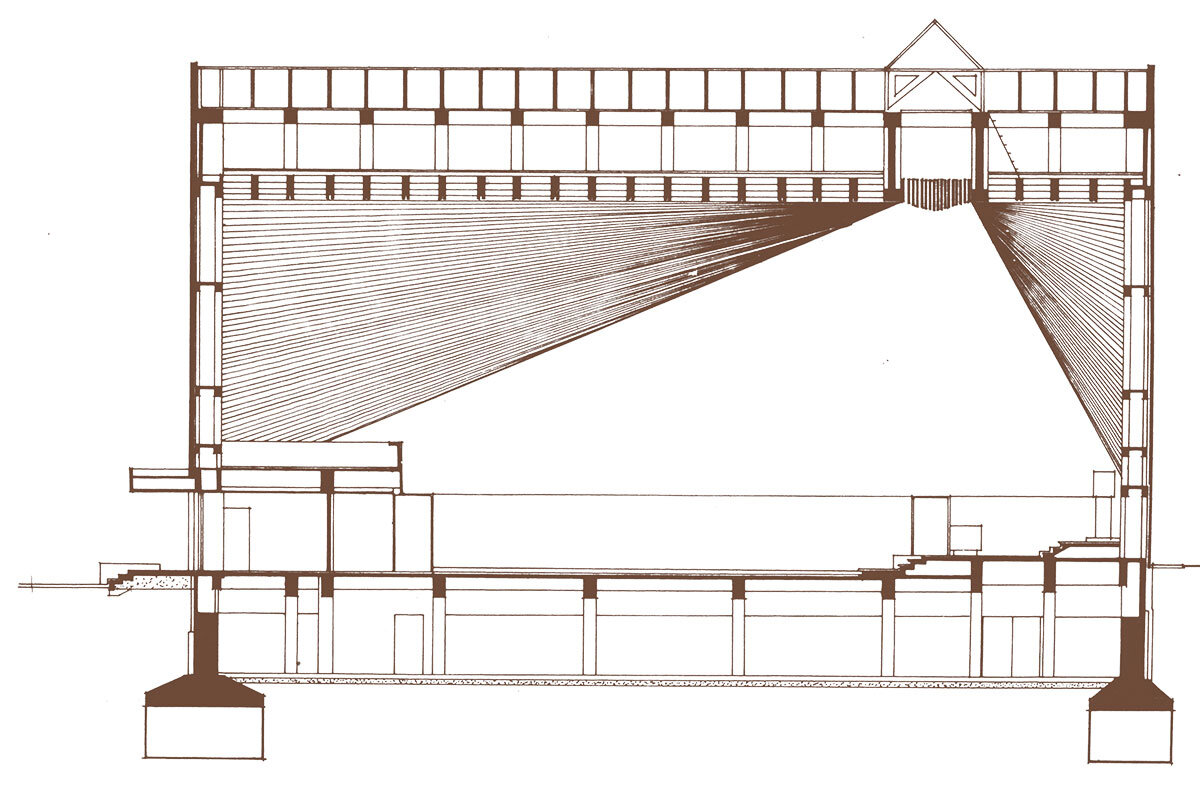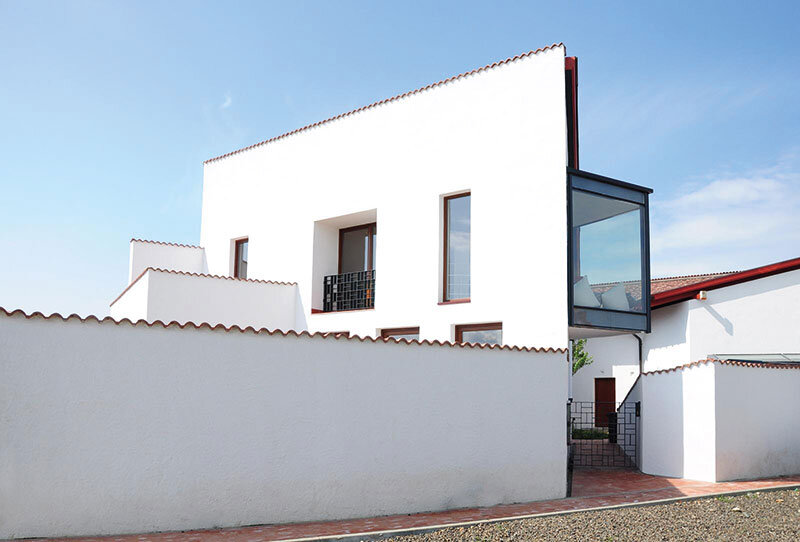
Hans Fackelmann 1933 - 1979
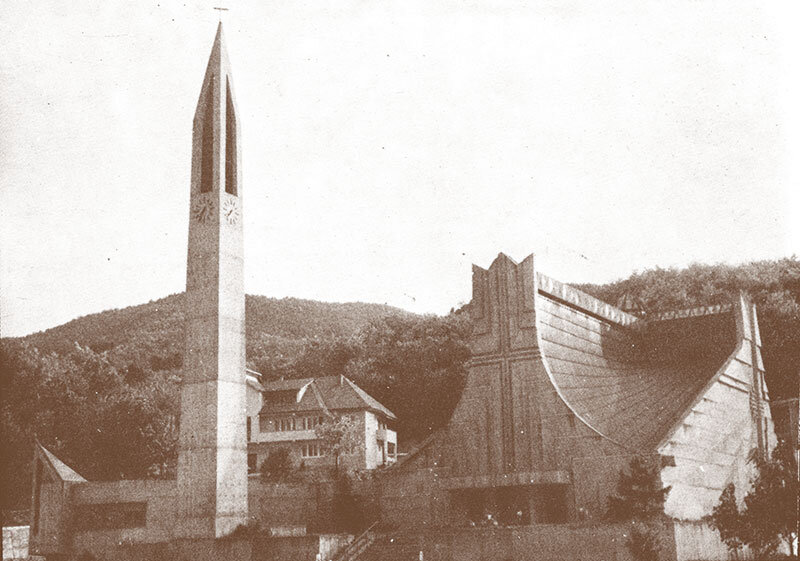
In December 2009, the Hans Fackelmann exhibition was inaugurated in the lobby of the West University, within the framework of the Annual of Architecture of the Order of Architects - Timis Branch. On the same occasion the volume dedicated to the construction of the University building, a major work of his youth. More than three decades have passed since the untimely death of the man who was to many a teacher, to others a colleague and an example.
Most importantly, Hans Fackelmann has remained an important landmark in the history of architecture in Romania after the Second World War. His works, such as the Western University (awarded by the CSCAS in 1964 and the Union of Architects in 1967), the School of Music (1967-1969), the Roman-Catholic Church of Orșova (1970-1976) - considered by the author as "my life's work" - and the Roman-Catholic Church of Dumbrăvița (1976-1979) are among the most valuable works of Romanian architecture. His personality, understood with the mind of the student of the late 1970s and with the heart of his young disciple, is captured in these brief texts:
"It was in the fall of 1976. We were staying with our colleague Mircea Stefan in Orșova for a few days. We already knew that we were going to start the first year with several friends (at our request) in the group - atelier - of the architect Hans Fackelmann. The visits to the construction site of the Catholic Church in Orșova, which was in the final stages of construction, and our participation in its inauguration in the fall of the same year meant for us our first contact with the craft and also our first contact with our future teacher. Full of creative verve, always present on site, he won us over with his personal charm.
"Architecture is 10% talent and the rest is business", he used to tell us. It took 10 years before we understood exactly what he meant: the 90% of business was in fact that warm and charming way of being and approaching people, because all you leave of the ivory tower is a few beautiful drawings. And for Hans Fackelmann, the act of creative building was his essence as a man-architect. Thinking about what Constantin Noica meant by happiness - creation, procreation and edification - I believe that Hans Fackelmann, as long as he was with us, was a happy man.
As a teacher he did a remarkable job, contributing to what the Timișoara School of Architecture was. Thanks to his discreet personality, Hans Fackelmann knew how not to impose recipes, not to set himself up as an obligatory example to follow.
And in this way he truly became an example."
(Text written in 1989, 10 years after Hans Fackelmann's death, when the idea of a monograph first came up in conversation with his wife Aurelia Fackelmann).
"In the church of Orșova, the solution of resistance is perfectly adapted to the architectural idea: that of realizing an interior space with a wide opening onto the altar and zenithal lighting, and an exterior volume that seems sculpted, a monobloc naturally integrated into the site, like a rock in which Christianity would have engraved its symbol at one time: the cross" - excerpt taken from the article dedicated to the architect, with materials provided by Aurelia Fackelmann, Arhitectura 1-6/1990, pp 70-73.

